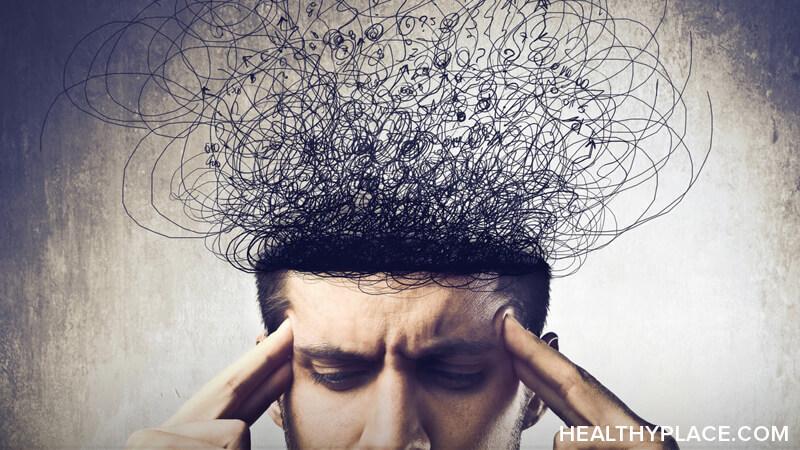Challenging My (False) Self-Injury Beliefs Helped Me Heal

Misinformation doesn't just trick other people into believing stigmas surrounding self-harm—those of us struggling with it may fall prey to false self-injury beliefs, too.
False Self-Injury Beliefs Held Me Back
It's so much easier to see when someone else is clinging to a false belief than to catch ourselves in the act. I used to hold all sorts of beliefs about self-injury—beliefs that ultimately kept me trapped in a vicious cycle. These beliefs included things like:
- I hurt myself because I am weak.
- I hurt myself because I am broken.
- I deserve to be punished like this.
- There is something wrong with me as a person.
- This is the only way I can cope with what I'm feeling.
- It's okay because at least I'm not hurting anyone else.
- If I tell anyone, they'll think less of me; they won't understand.
- Wanting someone to notice my scars means I'm just doing this for attention.
- Going through this on my own is braver than asking for help.
It's hard to say where I picked these thoughts up—through media, other people, the Internet, or somewhere else entirely—because I didn't even realize I'd absorbed them. That's the tricky thing about the lies we tell ourselves as self-harmers. We think we came up with them all on our own. Worse, we believe them.
I used to use these lies like weapons against myself; they pushed me toward self-harm rather than self-care. I used them as bricks to put up a wall between myself and the world, between my current reality and the possibility of recovery. They blinded me to the truth, which was simply this: I did not deserve what I was going through. I deserved to heal.
And so do you.
Refuting Your False Self-Injury Beliefs Can Help You Heal
The good news is that, like any negative thought pattern, you can challenge your own false beliefs about self-injury. In fact, doing so is a vital step in the recovery process.
The more I practiced challenging the lies I told myself about my self-harm, the better I got at stopping them in their tracks—before they wormed their way into my subconscious and took root there. This helped me develop a more balanced and realistic view of my situation and, most importantly, my own ability to change it.
The first step in healing, after all, is believing that you can. If you don't believe it yet, fake it until you do. Negative thought patterns get ingrained in our brains by repetition—luckily, the same goes for positive thought patterns.
If you're having trouble practicing on your own—and don't worry if you do, this can be tough at first—please consider reaching out for extra support. A mental health professional, such as a therapist or counselor, can help you identify techniques that will make this process easier for you and help you make steady progress at your own pace.
APA Reference
Kim Berkley
(2022, August 10). Challenging My (False) Self-Injury Beliefs Helped Me Heal, HealthyPlace. Retrieved
on 2025, December 2 from https://www.healthyplace.com/blogs/speakingoutaboutselfinjury/2022/8/challenging-my-false-self-injury-beliefs-helped-me-heal